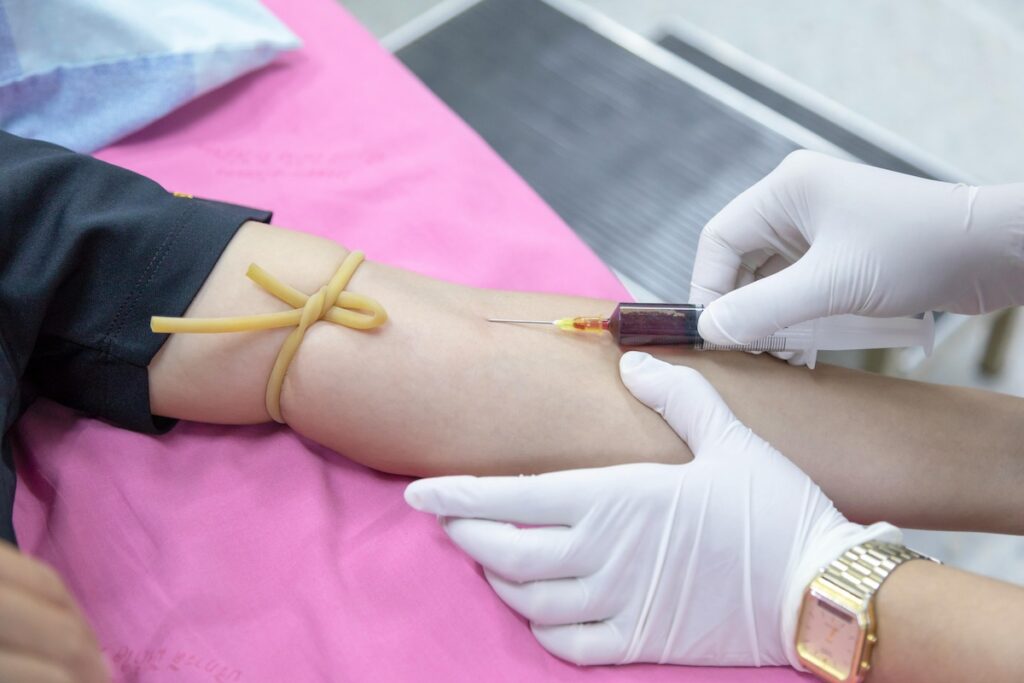📝 Introduction
Living in Korea as a foreigner often means you’ll eventually need to send money abroad — whether it’s tuition support to family, savings to your home country, or payments for international services.
But how does overseas remittance actually work in Korea? Which banks and services are best, and what are the fees? Let’s break down the process step by step.
1. Can Foreigners in Korea Send Money Abroad?
Yes — as a foreign resident, you can send money overseas from Korean banks.
- You’ll need: a valid Alien Registration Card (ARC) and a bank account in your name.
- Some banks may require proof of income (work contract, payslips) if you send large amounts regularly.
- Daily and yearly limits apply depending on visa type and purpose of transfer.
💡 Tip: Always register your purpose of remittance with your bank (e.g., family support, tuition, savings) to avoid delays.
2. Main Banks That Handle International Transfers
Shinhan Bank
- Strong global network, English-friendly apps.
- Shinhan SOL Global app supports English transactions.
KB Kookmin Bank
- Popular with students and workers.
- Quick transfer options, but English service at branches may vary.
Woori Bank
- Partnered with many overseas banks.
- English online banking service available.
Hana Bank
- Known for competitive FX rates.
- Useful for larger transfers.
3. Required Information for Transfers
When sending money abroad, prepare:
- Recipient’s full name (must match their account name)
- Recipient’s bank name & address
- Account number / IBAN
- SWIFT/BIC code
💡 Pro tip: Double-check the SWIFT code — a single mistake can delay transfers for days.
4. Transfer Methods in Korea
a) Bank Branch Transfer (In-person)
- Visit the bank with ARC + passport.
- Staff will guide you through the form.
- Good for first-time users.
b) Internet / Mobile Banking
- Available in English for major banks.
- Faster and cheaper than visiting a branch.
- May require prior registration for overseas remittance.
c) Specialized Remittance Apps
- WireBarley, Sentbe, Wise (TransferWise) also operate in Korea.
- Often cheaper fees and better exchange rates.
- Popular among students sending money home.
5. Costs & Fees
- Bank Fees: Typically ₩20,000–₩40,000 per transfer.
- Exchange Margin: 1–2% added to the mid-market rate.
- Receiving Bank Fees: Some foreign banks deduct extra charges upon arrival.
Example: Sending $1,000 may cost you an additional $20–40 in fees depending on the bank.
6. Transfer Limits for Foreigners
According to Korean FX regulations:
- Up to $50,000 USD per year can be remitted without special documentation.
- Above that → Proof of income or tax documents required.
- Students may send tuition with university documents.
📜 Legal Reference: Foreign Exchange Transactions Act (외국환거래법) governs all overseas remittances.
7. How Long Does It Take?
- Bank transfers: 1–3 business days.
- Mobile apps (Wise, WireBarley): sometimes within 24 hours.
- Delays may occur if bank holidays differ between countries.
8. Common Problems & Solutions
- ❌ Wrong SWIFT code → Transfer returned after fees.
- ❌ Name mismatch → Funds held in transit.
- ❌ Exceeding yearly limit → Transfer rejected.
✅ Always keep receipts of your transfers — useful for immigration or tax records.
9. Asking for Help in Korea
If you get stuck:
- At banks: Ask for “영문 송금 서비스 부탁합니다” (English remittance service please).
- Call bank English hotlines (Shinhan, KEB Hana, Woori all have them).
- Some branches near universities or Itaewon have dedicated English staff.
10. Final Tips for Foreigners
- Compare exchange rates before sending.
- Use mobile apps for small amounts, banks for large transfers.
- Avoid last-minute transfers — weekends and holidays can delay payments.
- Always bring your ARC when visiting a branch.

